We often see leftovers as a convenient next-day meal, but lurking within could be unseen risks. The tragic tale of a 20-year-old Belgian man’s death from “fried rice syndrome” after eating leftover spaghetti serves as a stark warning.
Despite the innocuous nature of saving food for later, this incident reveals how simple habits can turn deadly. Bacillus cereus, the culprit behind this syndrome, thrives in improperly stored food, turning a meal into a fatal mistake.
What is ‘Fried Rice Syndrome’?
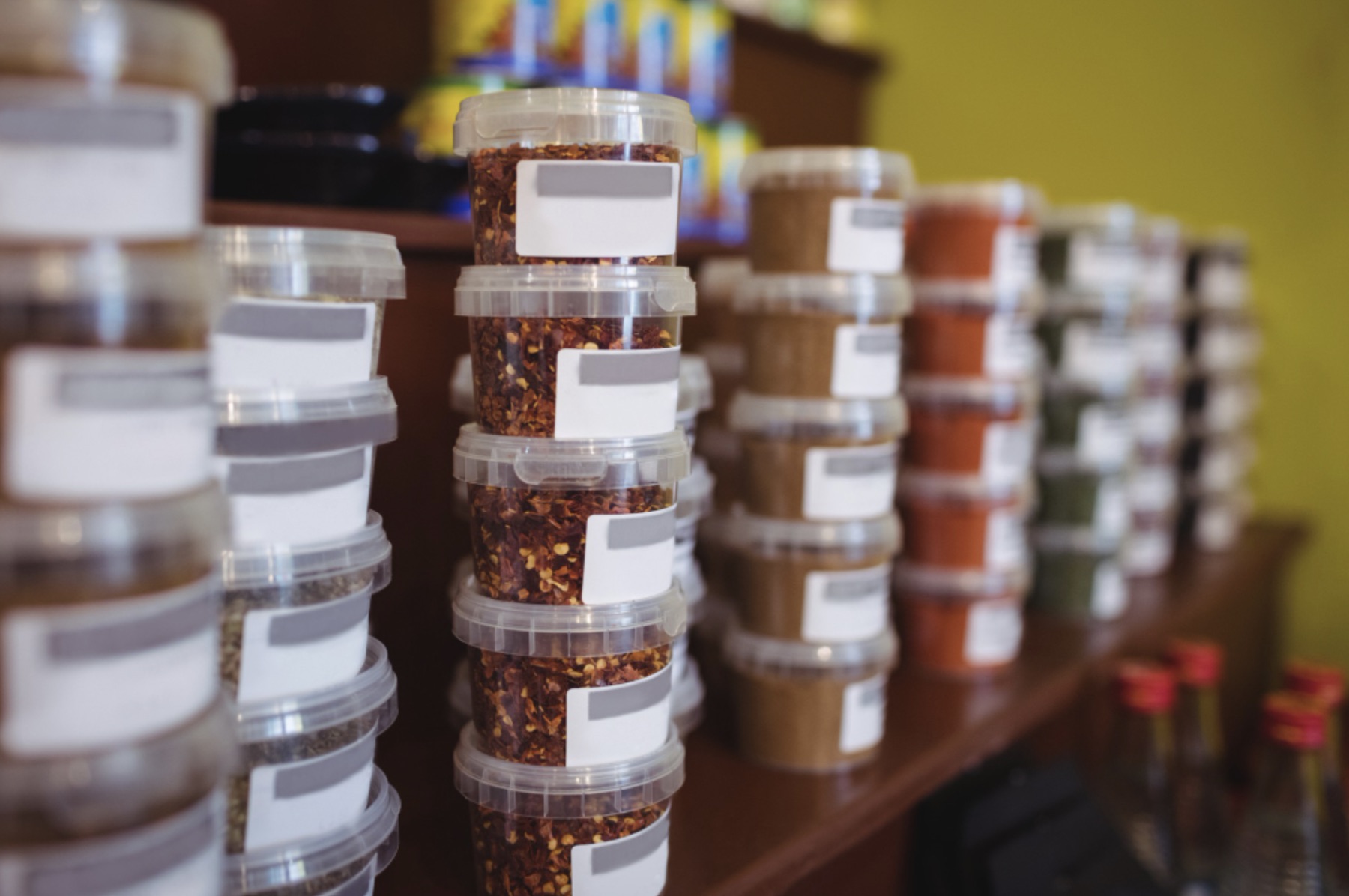
According to Overlake Hospital, “fried rice syndrome” sounds trivial, but it’s a serious foodborne illness caused by Bacillus cereus. This bacteria can survive cooking temperatures and rapidly grows when food is left out at room temperature.
Ingesting food contaminated with Bacillus cereus can lead to severe food poisoning, underscoring the importance of proper food storage.
The Danger of Room Temperature

Leaving food out at room temperature creates an ideal breeding ground for Bacillus cereus. It’s crucial to minimize the time food spends in this range to prevent toxin formation.
However, this also means allowing hot or warm food to cool before storing it in a storage container and placing it in the fridge.
A Tragic Meal

A young man’s life was cut short in Belgium after eating leftover spaghetti, a meal that led to severe headache, abdominal pain, nausea, and vomiting (via Yahoo! News).
Sadly, about 10 hours after consuming the contaminated meal, he was found deceased. This rapid progression from ingestion to death highlights the aggressive nature of toxins produced by Bacillus cereus.
Understanding Bacillus Cereus
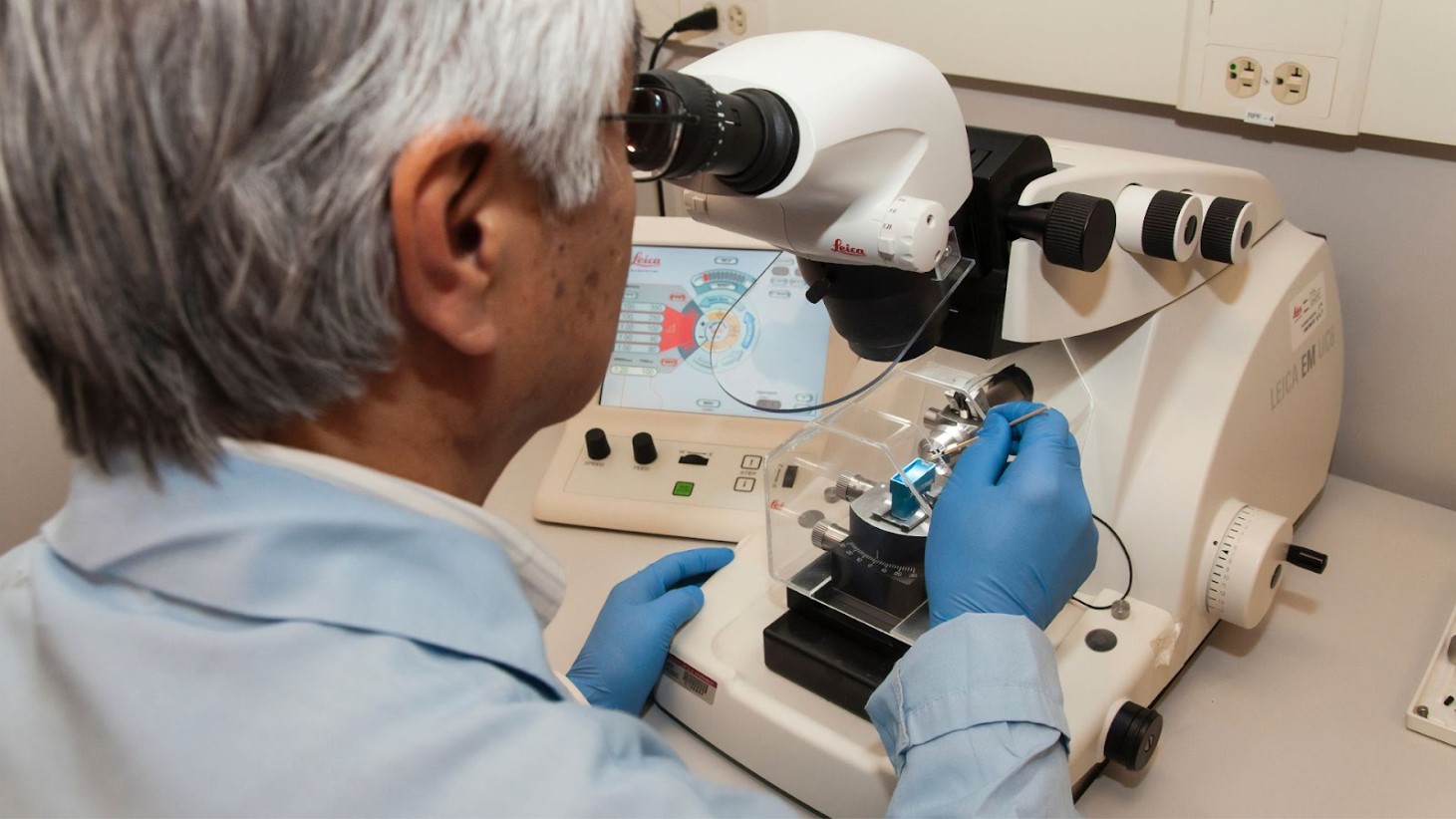
According to the BC Center for Disease Control, Bacillus cereus is notorious for causing two types of food poisoning: emetic and diarrheal. The fatal case in Belgium was linked to the emetic type, which is caused by cereulide toxin.
This toxin, remarkably resistant to heat, emphasizes the bacterium’s potential for severe impact, even in cooked food.
Common Misconceptions about Reheating Food

Many believe that reheating food kills all bacteria. While heat can destroy Bacillus cereus cells, the toxins they produce are heat-resistant and can remain toxic even after the food is reheated.
Always reheat food to an internal temperature of at least 165°F.
The Autopsy Findings
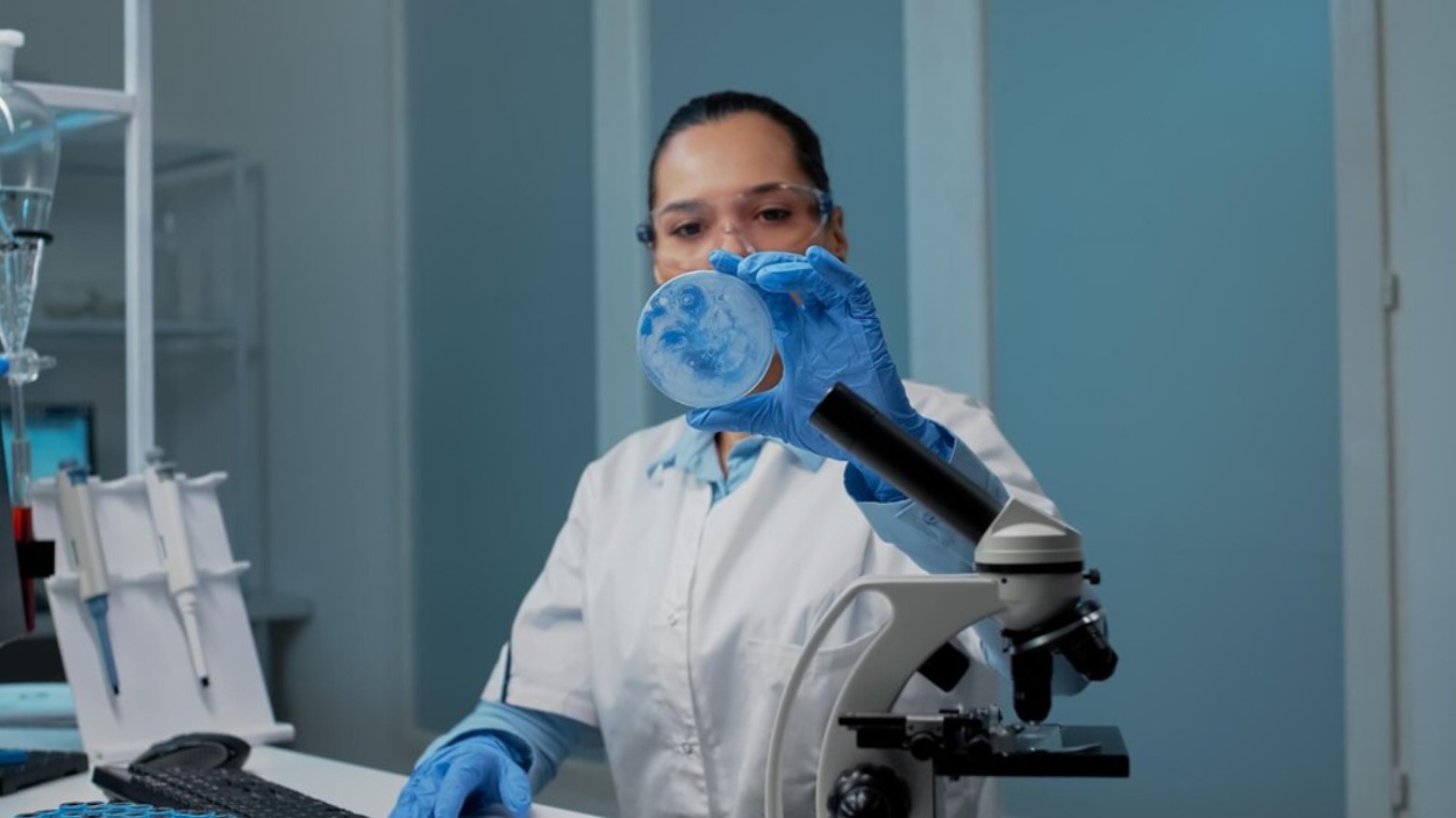
The autopsy of the young man revealed several alarming findings: a moderately softened liver, complete dissolution of the pancreas, and the absence of specific cardiac symptoms.
These findings, particularly the significant liver changes and the absence of mitochondrial damage in cardiac cells, pointed to an indirect cause of death, likely related to systemic reactions like acidosis.
Historical Cases of Bacillus Cereus Outbreaks

Historically, Bacillus cereus has been implicated in numerous food poisoning outbreaks globally (via Toxins (Basel)).
These outbreaks often trace back to improperly handled or stored rice, pasta, and other starchy foods. Learning from past incidents can help in shaping better food safety practices.
Linking Pasta to the Culprit

The investigation into the leftover pasta the young man consumed found significant levels of Bacillus cereus and a high concentration of the toxin cereulide.
This evidence directly linked the tragic outcome to the bacteria, highlighting the lethal risk posed by improperly stored or handled food.
Distinguishing Symptoms of Bacillus Cereus Food Poisoning

Bacillus cereus can cause two types of symptoms: diarrheal and emetic.
The diarrheal type usually involves watery diarrhea and abdominal cramps, while the emetic type is associated with nausea and vomiting. Identifying these can aid in faster diagnosis and treatment.
The Severity of Symptoms

The swift onset of severe symptoms leading to the young man’s death within hours of eating contaminated food illustrates the potent danger of the emetic toxin.
While many food poisoning instances are mild, Bacillus cereus can have devastating, even fatal, consequences.
Global Statistics on Foodborne Illnesses

Every year, millions of people worldwide suffer from foodborne illnesses, with thousands of cases being fatal (via the WHO).
These statistics emphasize the need for rigorous food safety regulations and personal vigilance in food handling and storage.
Research and Warnings

Research into Bacillus cereus and its toxins has been ongoing, with warnings about the bacteria’s potential for severe foodborne illness (via the University of Florida).
This incident adds to a small but concerning list of fatalities linked to cereulide, emphasizing the need for heightened awareness and safety practices in food handling and storage (via Forensic Science).
Prevention Tips
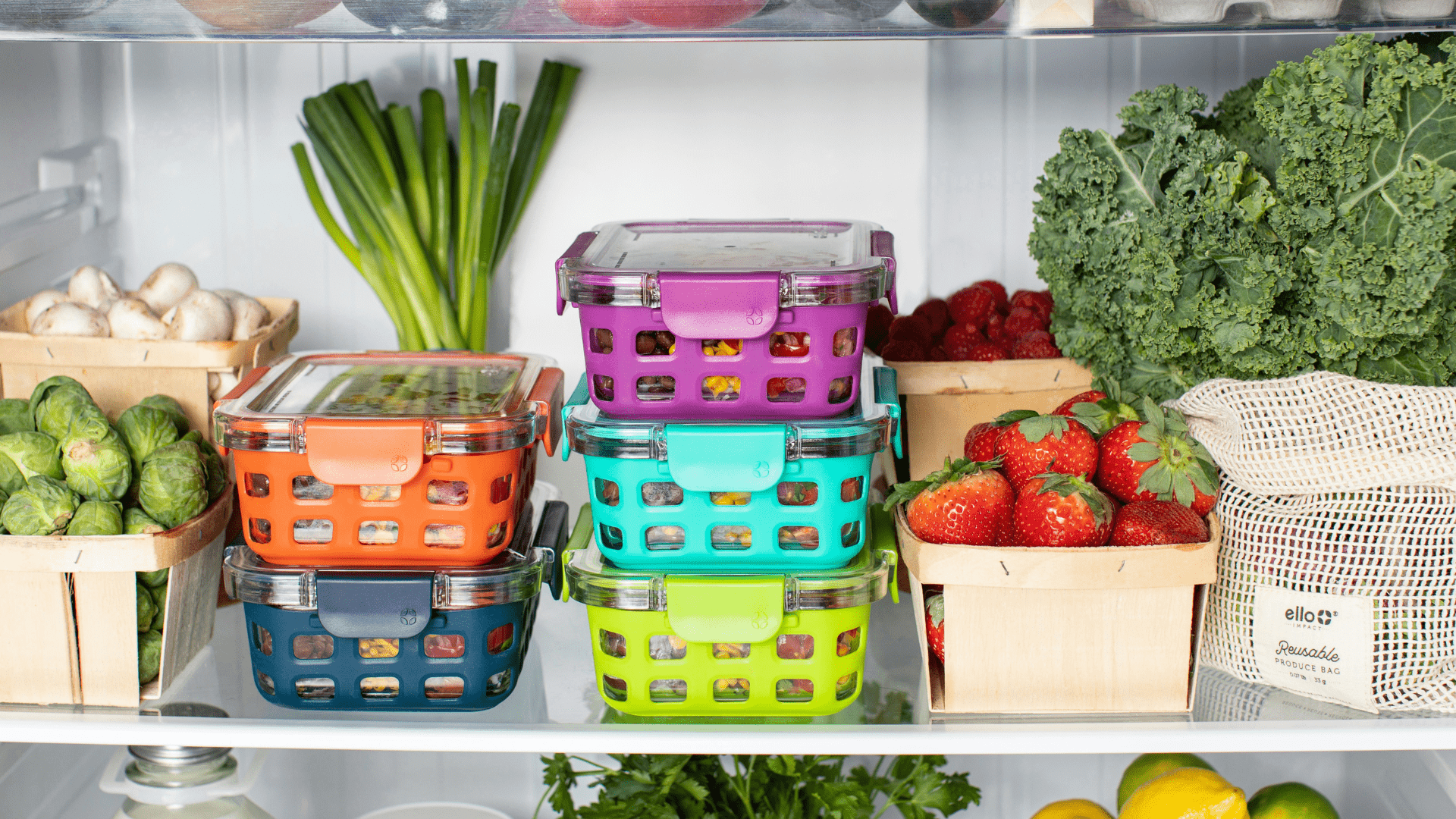
To avoid the growth of Bacillus cereus, it’s crucial to cool and refrigerate leftovers promptly. Never leave cooked food at room temperature for extended periods, and always reheat leftovers thoroughly.
These simple steps can significantly reduce the risk of “fried rice syndrome” and other foodborne illnesses.
Tips for Quick Cooling of Leftovers

To speed up the cooling process for leftovers, divide them into smaller portions or use shallow containers.
This method allows the food to cool more quickly and evenly, reducing the time it spends in the temperature danger zone.
Proper Storage Temperatures

Food should be stored at safe temperatures to prevent bacterial growth. Per the FDA guidelines, the safe refrigerator temperature is at or below 40°F, and the freezer temperature should be 0°F.
Sticking to these temperatures can drastically reduce the risk of foodborne illnesses.
The Role of Oxygen in Bacterial Growth

Many bacteria, including Bacillus cereus, need oxygen to grow (via Purdue University).
By using airtight containers when storing food, you can limit the amount of oxygen available, thus inhibiting some bacterial growth. This simple practice can be a crucial step in food safety.
The Importance of Time

Time is of the essence when it comes to food storage. Bacillus cereus can multiply quickly at room temperature, producing toxins that are not destroyed by reheating (via UW Medicine).
Understanding this can help prevent the inclination to leave food out for convenience, safeguarding against potential illness.
Seeking Medical Attention

If you experience symptoms of food poisoning, such as vomiting or diarrhea, especially after consuming leftovers, it’s crucial to seek medical attention promptly.
Early intervention can mitigate the effects of the toxins and prevent more severe outcomes.
Monitoring Symptoms and When to Act

It’s important to monitor the severity and duration of food poisoning symptoms.
If symptoms persist or worsen over 24 hours, immediate medical attention is necessary. Quick response can prevent severe dehydration and other complications.
A Call for Awareness
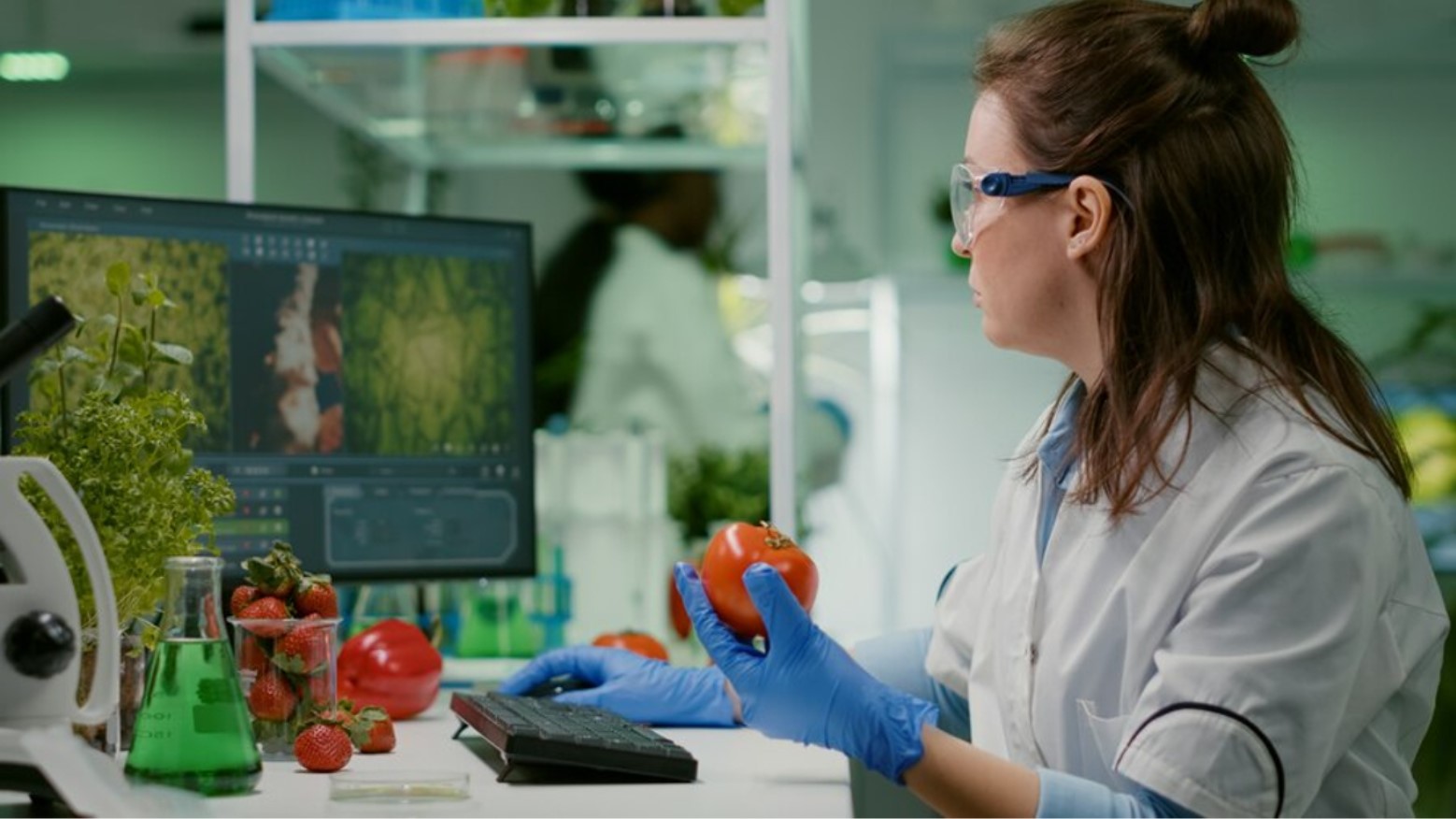
This tragic case serves as a sobering reminder of the importance of proper food storage practices. As we remember the young man whose life was cut short, it’s important to commit to being more vigilant about how we store and handle our food.
Awareness and education are key in preventing future instances of “fried rice syndrome” and ensuring the safety of our meals.
The Impact of Foodborne Illnesses on Public Health

Foodborne illnesses not only affect individual health but also impose significant economic burdens on healthcare systems and businesses, totaling over $15 billion per year, according to the USDA.
Ensuring food safety is not just a personal responsibility but a public health priority.
The Future of Food Safety Technology

Advancements in technology, such as smart packaging that detects bacterial growth, and apps that track storage times and temperatures, could revolutionize food safety.
Embracing these technologies could greatly reduce the incidence of foodborne illnesses in the future.
Enhancing Public Awareness Through Education

Raising public awareness about the risks associated with improper food storage and handling is crucial.
Regular educational campaigns and updated guidelines can lead to better understanding and practices that prevent foodborne illnesses.








































